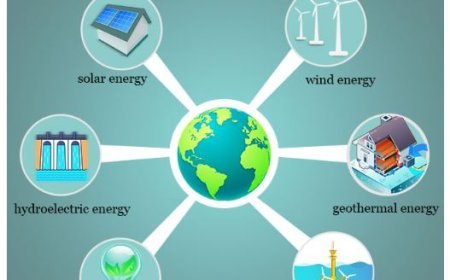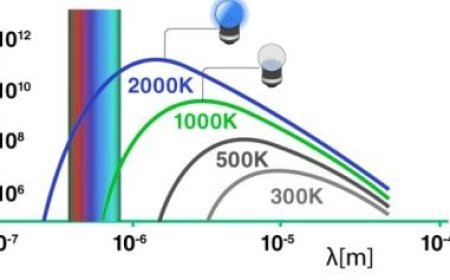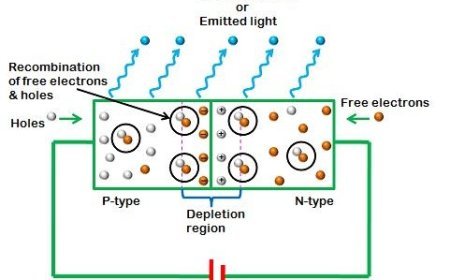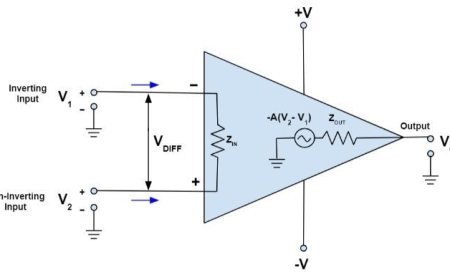Mass Distribution of Fission Products in Nuclear Fission
Mass distribution of fission products explains how the fragments formed during nuclear fission are spread by mass. When heavy nuclei such as uranium-235 or plutonium-239 split, they produce lighter nuclei, neutrons, and energy. The resulting products show a double-humped mass distribution, meaning more light and heavy fragments are formed than medium-mass ones. Understanding this distribution is vital for nuclear reactor design, waste management, and radiation safety. This article explores the process of fission, factors affecting mass distribution, measurement methods, and applications in energy and medicine.
Mass Distribution of Fission Products
1. Fission
Fission is a nuclear event where an atom's center breaks apart into two or more smaller parts, releasing energy in the process. This process is essential in nuclear plants and atomic bombs. The particles created by fission are called fission products. Knowing how the mass of these fission products is spread out is important in nuclear science, engineering, and radiation safety.
• Fission
Fission happens when a heavy nucleus, like uranium-235 or plutonium-239, takes in a neutron and becomes unstable. This causes it to split into lighter nuclei, releasing extra neutrons and a lot of energy.
• Energy Release
The energy from fission comes from changing mass into energy, which is explained by Einstein's equation:
2. Fission Products
Fission products are the smaller nuclei created when an atom splits apart during fission. This process usually produces:
- Two smaller nuclei
- Some neutrons
- Light particles called photons
Common Fission Products
The most common fission products include atoms such as:
- Cesium-137
- Strontium-90
- Iodine-131
- Barium
Each of these isotopes has different physical traits and releases different types of radiation.
3. Distribution of Mass in Fission Products
• Why Mass Distribution is Important
Knowing the mass distribution of fission products is crucial for several reasons:
- It helps in designing nuclear reactors.
- It aids in managing nuclear waste.
- It provides insight into how fission products behave in the environment.
• The Statistical Nature of Fission
The fission process is based on chance. When a large nucleus splits apart, it can break into different sizes. This creates a variety of smaller particles known as fission products.
While fission events are predictable on average, the exact way an atom will split is uncertain. This randomness plays a key role in mass distribution.
3.1. Common Mass Distribution Curves
• Double-Humped Distribution
When you plot the number of fission products, the graph usually shows two peaks. This means there are more light and heavy fission products than those in the medium weight range.
• Light and Heavy Items
- Light Yield Products: Products with smaller mass numbers, around 90, are more common on one side of the range.
- Heavy Yield Products: Products with higher mass numbers, around 140, are more common on the other side.
3.2. Factors Affecting Mass Distribution
- Kind of Nucleus:
- The type of nuclear fuel affects how mass is distributed.
- Uranium-235 and plutonium-239 have different mass distributions.
- Neutron Energy:
- The energy of the incoming neutron impacts mass division.
- Thermal neutrons produce different fission patterns than fast neutrons.
- Additional Factors:
- Environmental factors such as temperature, pressure, and surrounding materials can alter the mass distribution of fission products.
4. Measuring and Analyzing
• Testing Methods
Scientists use various experiments to measure the mass distribution of fission products. Some key techniques include:
- Mass Spectrometry – Identifies different isotopes and their masses.
- Gamma Spectroscopy – Measures radiation emitted by fission products.
These methods help in accurately identifying the different isotopes formed.
• Theoretical Models
Advanced models and simulations help predict where fission products will go. These models enhance the understanding of the fission process and its significance.
5. Uses and Effects
• Nuclear Power Production
Understanding how fission products are distributed is essential for designing nuclear reactors and managing nuclear fuel effectively.
• Waste Management
Knowledge of which fission products are produced and their half-lives is crucial for handling nuclear waste and ensuring long-term safety.
• Uses in Medicine
Some fission products are beneficial in radiation therapy and medical imaging, making their study important for healthcare advancements.
What's Your Reaction?

























